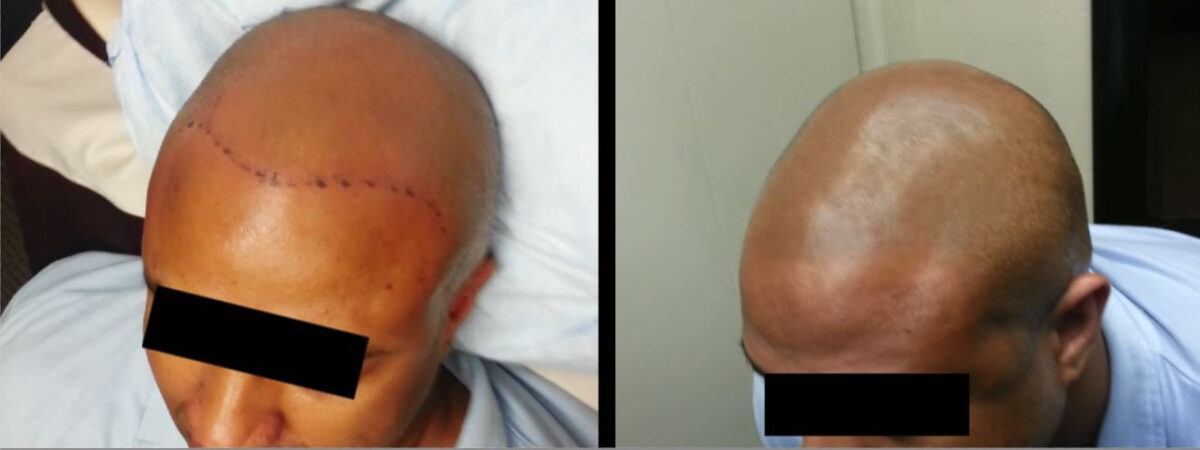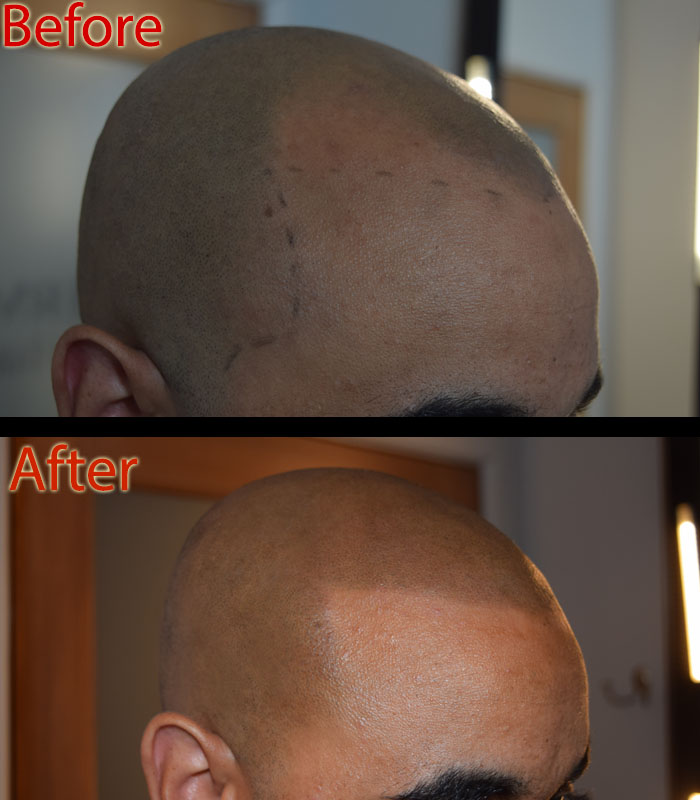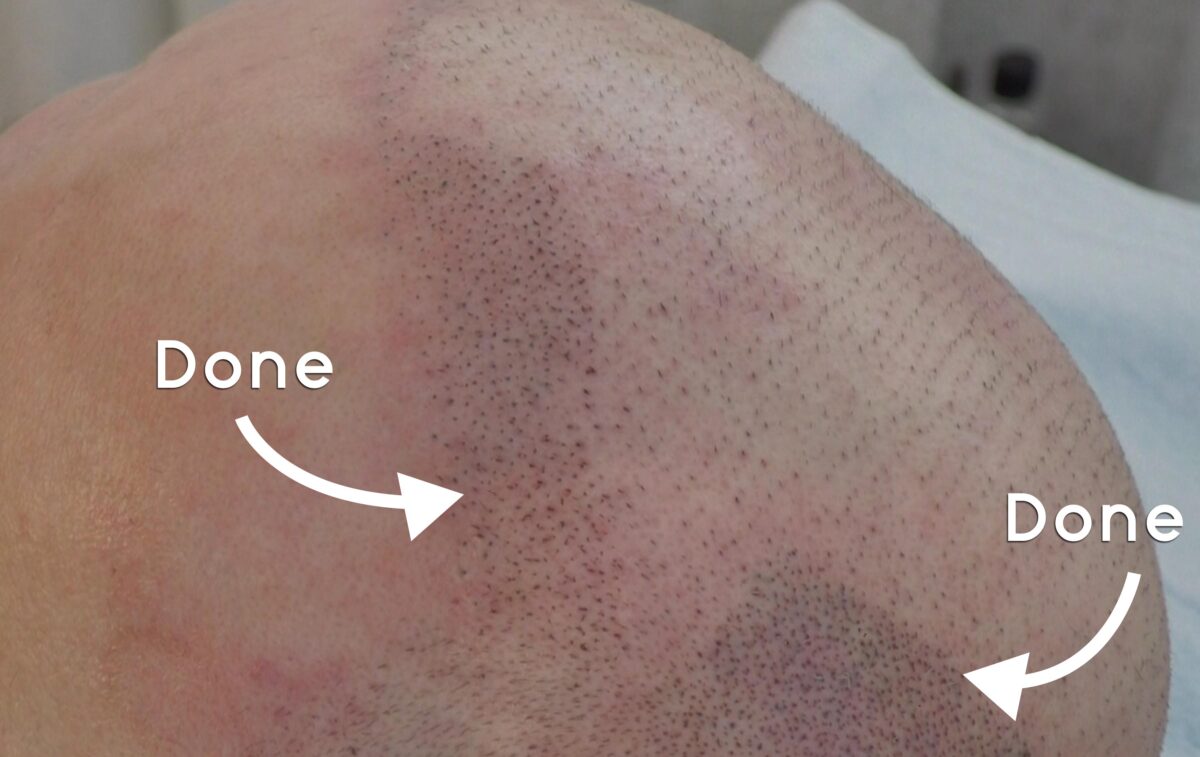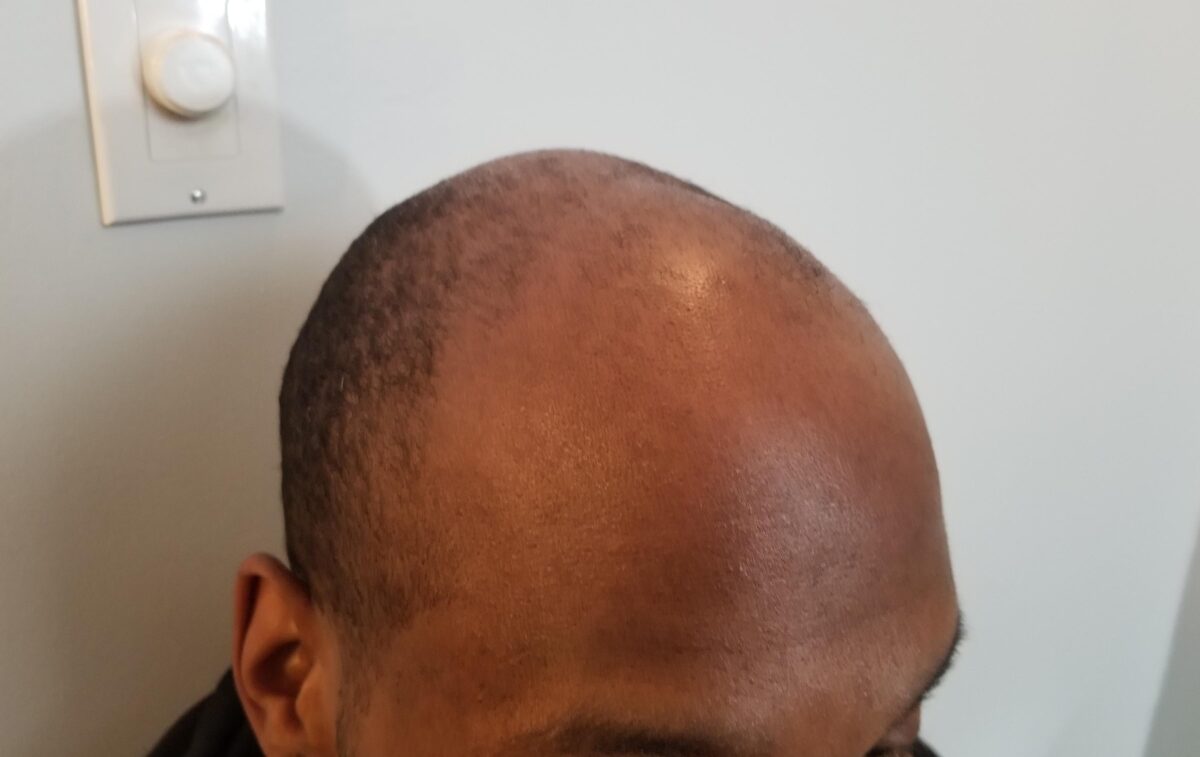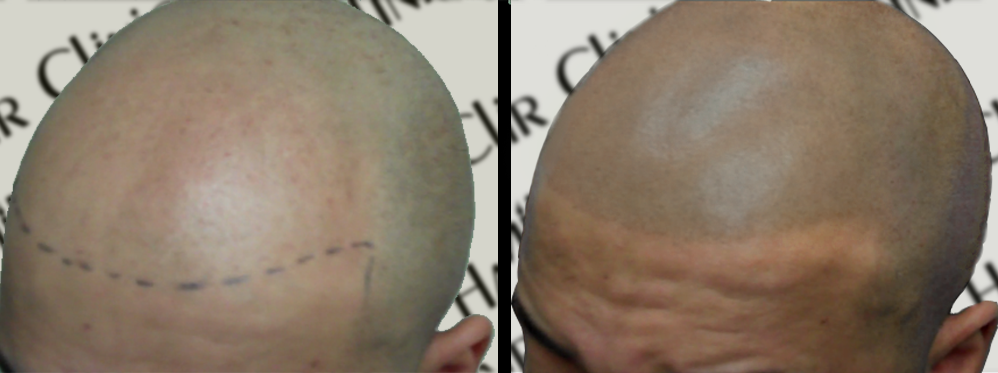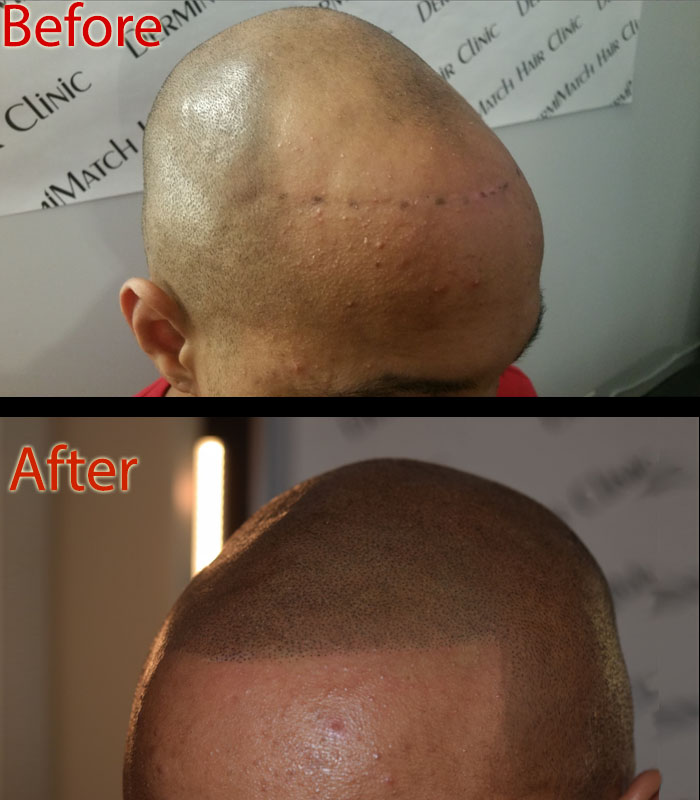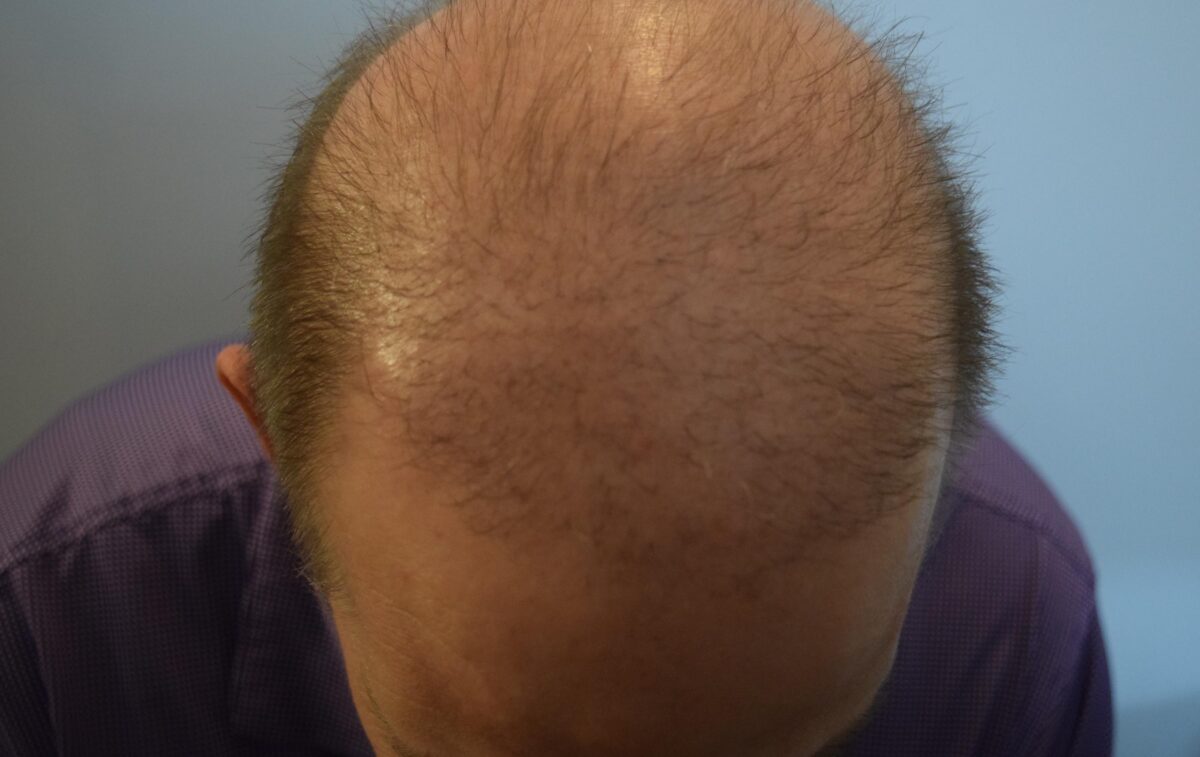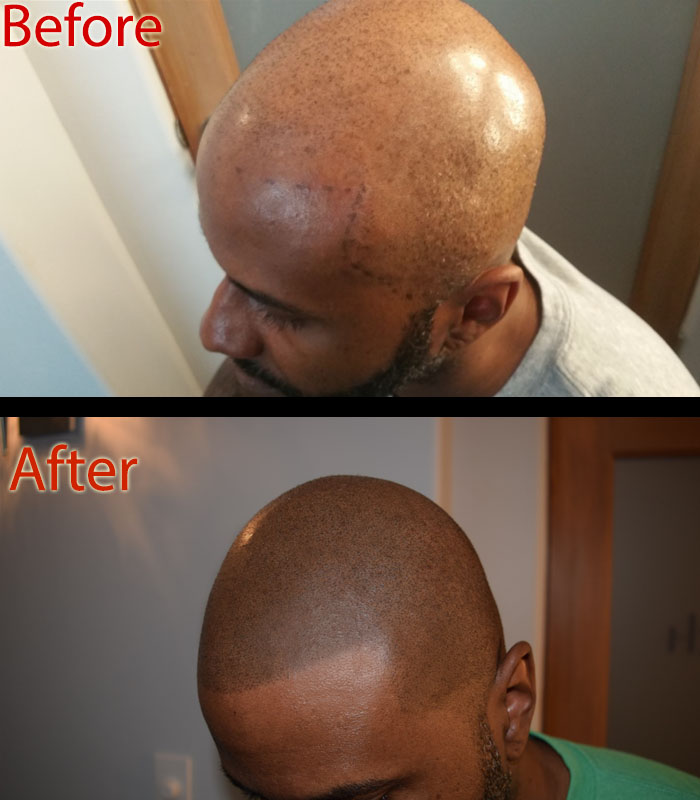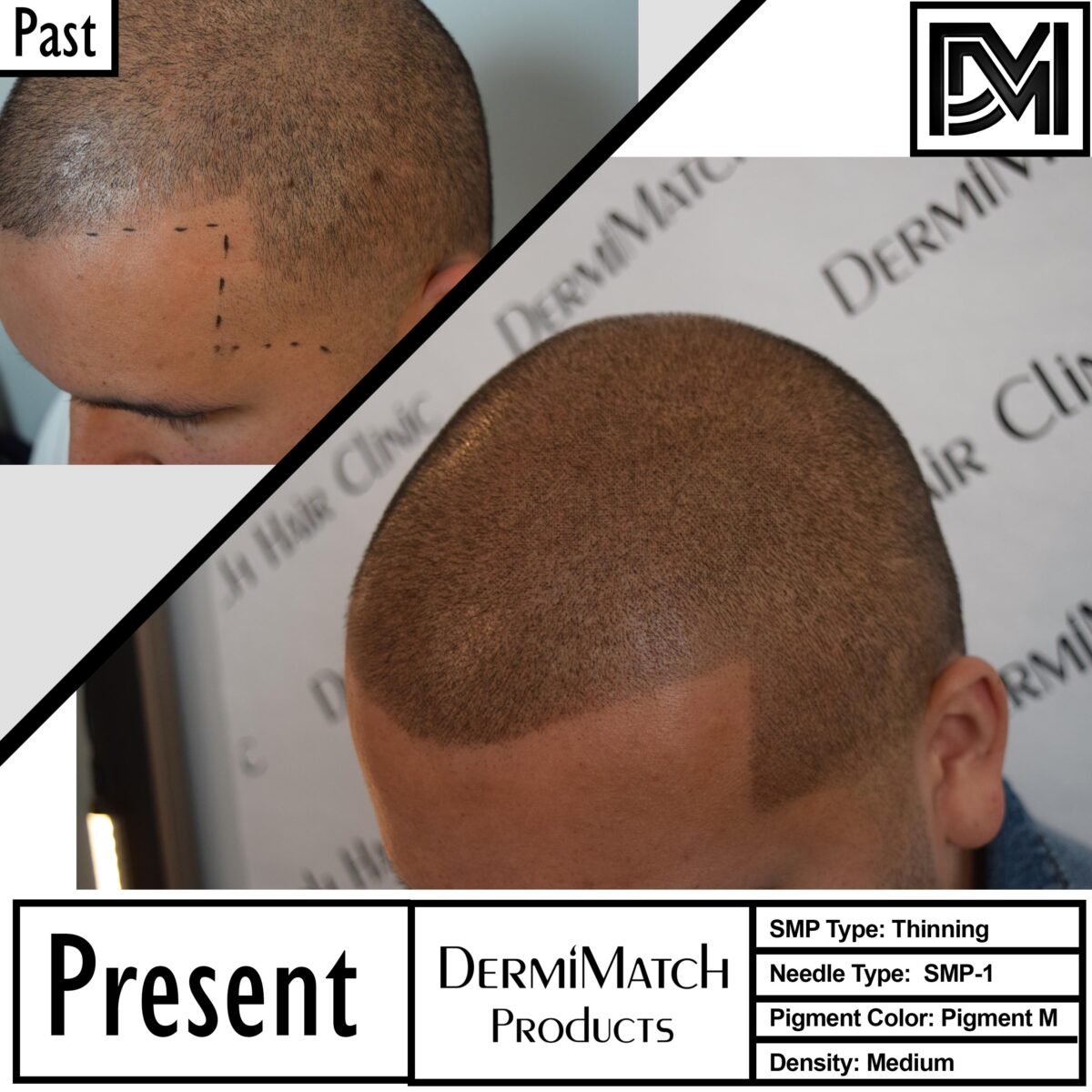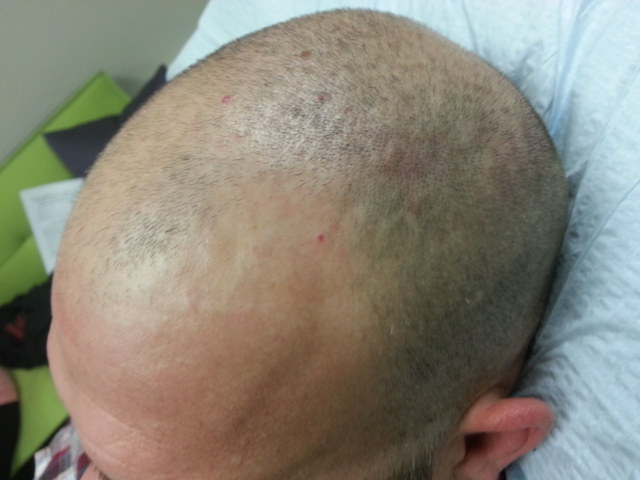How do you rate SMP for baldness? Call it scalp micropigmentation, SMP, or hair tattooing, the hair restoration treatment is making a buzz everywhere as a permanent, safe, and effective alternative to traditional hair loss procedures. People dealing with hair loss find SMP as a lifesaver literally as it helps them swallow the hard pill of hair loss, baldness, receding hairline, or thinning hair with grace.
Is SMP for Baldness Really Guaranteed?
True, there’s no overnight fix for hair loss nor is there a silver bullet solution that can restore your lush hair all over again. There are hair loss treatments that do not offer consistent results. they may be effective for some. But for others, such treatments might not work as effectively. However, there is one hair restoration solution that does work for one and all, and that is, scalp micropigmentation.
How Does SMP Work?
Just like a normal tattoo, scalp micropigmentation involves the creation of a scalp tattoo. The similarities end here, and the differences begin. There’s a silver line dividing both. Of course, SMP for baldness or hair loss requires needles and pigment. But there is a world of difference between the size and type of needles used in both procedures.
SMP aims to replicate natural hair follicles and fill in gaps with scalp micropigmentation ink to diminish the appearance of hair loss. Now you cannot expect SMP to restore your hair. It is not meant for that. The procedure can help you cover those scalp flaws so you can live with confidence and without the hurt of hair loss or baldness.
When you opt for scalp micropigmentation, you have a guarantee that nobody will notice it. Of course, nobody can see your bald head either. It secretly covers up your hair loss and is not as costly as a hair transplant. There isn’t a guarantee that a transplant will restore hair. However, it’s a chance that you take, which may or may not go in your favor.
On the other hand, SMP for baldness and hair loss will effectively camouflage your scalp problems. Now you can live with grace.
Why is SMP Trending?
As far as a hair tattoo is concerned, there are not too many complaints. But SMP goes bad in cases where a client trusts the treatment of an inexperienced tattoo artist. Remember, a tattoo artist is not your go-to scalp practitioner for SMP. They only know about body art. Scalp micropigmentation is a lot different ball game together.
If you trust such an artist with your hair restoration treatment, you are losing the chance of regaining the confidence and self-esteem lost due to hair loss. But choosing a skilled SMP practitioner in Phoenix is like stepping into the world with confidence. You will be back with a renewed look of youthfulness.
Where Can I Get SMP Treatment?
Choose a reputable name in the world of SMP in Pheonix. You don’t want to fall into wrong hands by opting for a tattoo artist only to end up with a failed SMP. DermiMatch is a professional clinic with skilled scalp micropigmentation technicians in Pheonix, who love SMP. The team is dedicated to the success of their client’s scalp projects. Their goal is to deliver natural-looking, lasting results. Get in touch with the best Pheonix SMP artists on the DermiMatch website today.

